MARKET SNAPSHOT
Although the current under construction inventory is only moderately below the historical average, it will drop precipitously in 2025 given that multifamily starts were down over 70% in 2024 year-over-year.
For the first time in three years, net absorption in 2025 is projected to surpass new deliveries significantly, with demand exceeding supply by over 50%.
As the development pipeline contracts and strong renter demand persists in an affordable, growing market, rent growth is anticipated to rebound by mid-2025, reaching an annual rate of 2.4% by year-end.
Multifamily construction activity in Memphis has slowed dramatically, with starts plummeting 60% from 1,655 units in 2023 to just 659 units in 2024, far below the 10-year historical annual average of 1,078 units. Similarly, the number of units under construction at the end of 2024 (1,389) is 11% lower than the 10-year average of 1,565 units. Furthermore, unit completions are projected to decline further in 2025, dropping 36% from 1,644 units in 2024 to 1,050 units. While this figure remains above the 10-year average of 880 annual unit completions, it marks the lowest level of deliveries since 2020, underscoring a significant contraction in new supply. This slowdown is expected to tighten occupancy rates and drive rent growth higher in 2025.
Over the past decade, much of Memphis’s construction activity focused on upscale suburban submarkets. Recently, however, developers have turned their attention to revitalizing the metro’s urban core, particularly the Midtown and Northeast Memphis submarkets, by leveraging local tax incentives. The Economic Development Growth Engine (EDGE) introduced a payment-in-lieu-of-taxes (PILOT) program to encourage multifamily development in these areas. As a result, Northeast Memphis is expected to account for 84% of new completions in 2025, with Midtown contributing 10%.
After declining throughout 2023, the average occupancy rate in Memphis began stabilizing in 2024 as demand turned positive for the first time since 2021. Net absorption rebounded significantly, totaling nearly 1,600 units in 2024—a sharp recovery from the -800 units recorded in 2023. Absorption is expected to remain steady in 2025, and when combined with declining development activity, this trend is likely to shift occupancy from stabilization to a period of growth.
Demand was strongest in the Downtown and Northeast submarkets, which together accounted for over 1,000 units of absorption in 2024. These submarkets are likely to experience slight occupancy increases in the coming year as absorption remains stable. Meanwhile, outlying submarkets with limited inventory, such as Collierville, Tate, and Tipton County, are likely to continue outperforming, with average occupancy projected to rise to 94% or higher in 2025.
Rent growth in the Memphis multifamily market has remained modest, with rents rising just 0.2% in 2024, well below the national average of 1.0%. Although construction starts dropped 60% in 2024, record-high groundbreakings in the prior year continue to exert downward pressure on market rents. However, relief is on the horizon as the development pipeline is expected to shrink further, while strong renter demand continues to be driven by Memphis’ affordability. More substantial rent growth is projected to resume by mid-2025, with an annual increase of 2.4% anticipated by year-end.
Despite accounting for the majority of upcoming completions in 2025, Northeast Memphis is anticipated to lead the market in rent growth. This submarket, along with outlying areas such as Milling and Tate County, are projected to achieve annual rent gains near 4% in the coming year. Among these, Northeast Memphis stands out as the only centrally located submarket with above-average rent growth, distinguishing itself from the predominantly suburban and rural areas exhibiting similar trends.
12-month period ending November 2024
| Income Assumptions | Value / Unit | Year Change (%) |
|---|---|---|
| Occupancy (%) | 90.20% | 0.2% |
| Rental Income / Occupied Unit | $1,246.42 | 3.2% |
| Recoverable Expenses / Occupied Unit | $62.08 | 23.1% |
| Other Income / Occupied Unit | $86.29 | 0.8% |
| Total Income / Occupied Unit | $1,394.78 | 3.8% |
| Operating Income | ||
| Rental Income | $1,122.19 | 3.5% |
| Recoverable Expenses | $55.85 | 23.4% |
| Other Income | $77.68 | 1.0% |
| Total Income | $1,255.72 | 4.1% |
| Operating Expenses | Value / Unit | Year Change (%) |
|---|---|---|
| Payroll | $141.66 | 8.6% |
| Marketing & Advertising | $16.93 | 10.0% |
| Repairs & Maintenance | $108.00 | 0.8% |
| Administrative | $48.57 | 4.1% |
| Management Fees | $39.94 | 2.8% |
| Utilities | $65.07 | 4.7% |
| Real Estate & Other Taxes | $110.49 | -5.3% |
| Insurance | $56.55 | 10.9% |
| Other Operating Expensees | $1.40 | |
| Total Operating Expense | $588.60 | 3.1% |
| Net Operating Income | $667.12 | 4.9% |
The Memphis market is projected to undergo stabilizing shifts in 2025, driven by a contracting construction pipeline, elevated renter demand, and a gradual rebound in rent growth. Multifamily starts plummeted by over 60% year-over-year in 2024, with completions to decline further in 2025 to 1,050 units—a 36% decrease from the previous year. This sharp reduction in new supply is anticipated to tighten market conditions, leading to improved occupancy rates and supporting healthy rent growth.
Rental demand in Memphis is expected to remain strong in 2025, with net absorption projected to exceed new deliveries by more than 50%. This favorable demand-supply dynamic is anticipated to stabilize occupancy levels, with a slight increase in the average occupancy rate by year-end. As supply tightens and demand continues to strengthen, rent growth is set to recover, with the market average rental growth rate projected to reach 2.4% by the end of 2025. Notably, Northeast Memphis is expected to lead the market, with rent gains approaching 4%.
Overall, Memphis’s multifamily market is positioned for gradual improvement, supported by a slowing development pipeline, resilient demand, and recovering rental growth. These conditions create a promising environment for investors, with steady gains in both occupancy and rental rates anticipated in the near term.






